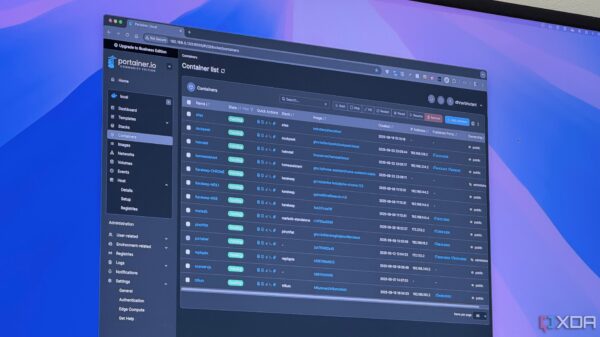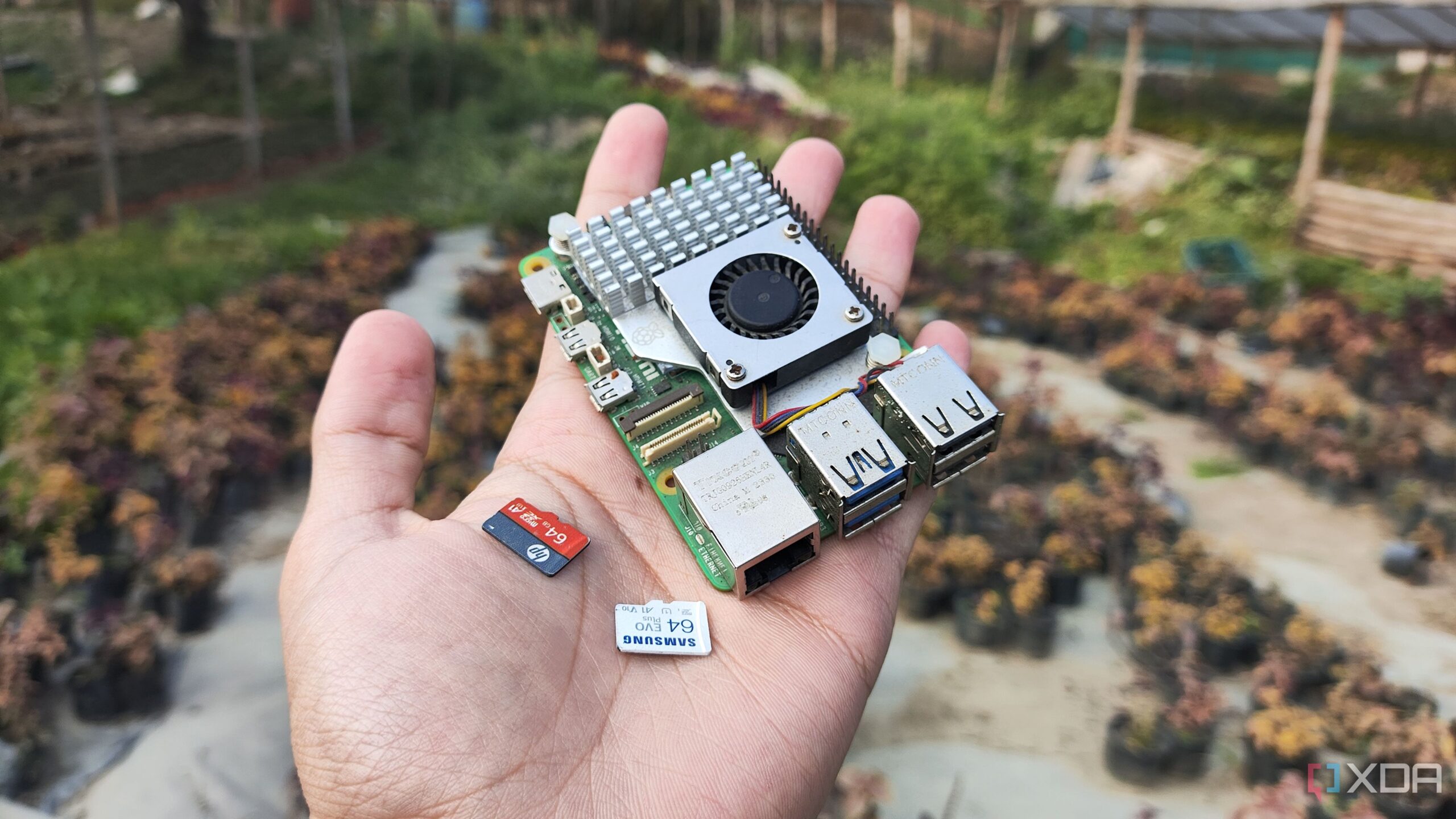The reliance on microSD cards for Raspberry Pi projects is stronger than ever, despite their inherent limitations. While many single-board computers (SBCs) ship without built-in storage options, users often turn to microSD cards as their primary means of data storage. This trend persists even as hardware capabilities improve and alternative storage solutions become more viable.
The Limitations of MicroSD Cards
MicroSD cards are well-known for their limited lifespan, particularly when it comes to write cycles. Frequent write operations, such as those generated by applications like Home Assistant, can significantly shorten the life of these cards. Users may find themselves replacing cards more often than anticipated, especially when utilizing devices like the Raspberry Pi 5, which was released in 2023.
One user reported losing at least four microSD cards while experimenting with various projects on their Raspberry Pi. These included setups for home automation and file-sharing servers. The issue stems from the fact that microSD cards generally tolerate fewer write cycles compared to solid-state drives (SSDs). While solutions such as Log2Ram can mitigate some of the wear, they are not foolproof for demanding projects.
Performance and Cost Considerations
Beyond their write endurance, microSD cards are also criticized for slower transfer speeds. In many cases, standard microSD cards lag behind traditional hard drives and SSDs. For users focused on responsiveness, this can be a significant drawback. A user noted that desktop environments, which were sluggish on a microSD card, became notably faster once an SSD was introduced.
Storage capacity is another factor to consider. While budget-friendly microSD cards typically range from 8GB to 128GB, options that reach up to 1TB exist but come at a higher price. Users on a tight budget may find these cards appealing, especially when exploring basic computing projects.
Despite their limitations, the affordability of microSD cards remains a key selling point. Many standard variants cost less than $25, making them accessible for novice users looking to experiment with Raspberry Pi devices. For lighter projects, they can effectively serve as disposable boot drives.
The ease of swapping microSD cards is another advantage that keeps users attached to them. Transitioning between different operating systems, such as moving from the Raspberry Pi OS to NixOS, can be done quickly with a simple card swap. This flexibility is not as easily achieved with SSDs, which may require complex partitioning.
Many users balance their use of microSD cards with SSDs based on project needs. For instance, a user transitioning their Home Assistant setup to Proxmox relied primarily on SSDs for their smart home hub, while still utilizing microSD cards for booting and experimenting with new distributions.
In conclusion, while the technological landscape continues to evolve, microSD cards remain a staple in the Raspberry Pi ecosystem. Their affordability, ease of use, and flexibility keep them relevant, even as users become increasingly aware of their limitations. As projects grow in complexity, the choice between microSD cards and SSDs will likely continue to be a topic of discussion among Raspberry Pi enthusiasts.







































































